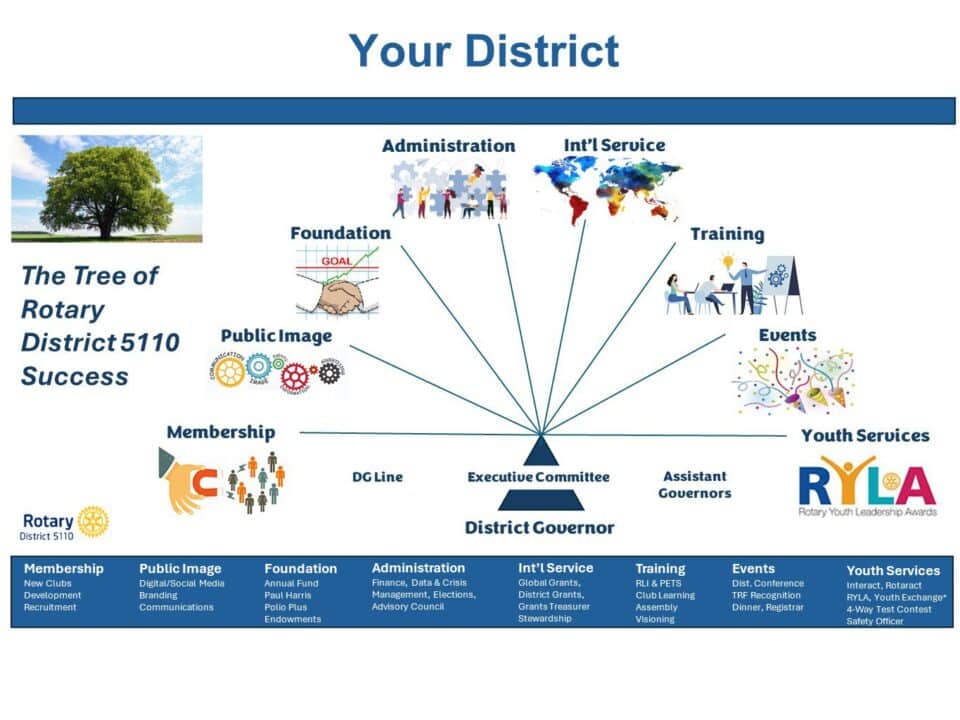Your approach to team leadership depends on whether your team members are employees or volunteers. While you need strong leadership skills for both groups, the strategies and approaches differ significantly. Understanding these differences can elevate your leadership skills, allowing you to inspire and manage any group effectively. Whether you’re leading volunteers or employees, here are 3 key differences.
3 Key Differences Between Leading Volunteers & Employees
Volunteers bring passion and personal commitment to a cause, often without the expectation of tangible rewards. Employees, on the other hand, are generally motivated by a mix of personal satisfaction and financial compensation. This fundamental difference shapes how you lead each group.
Volunteer Leadership:
- Motivation: Volunteers are driven by passion and alignment with the organization’s mission.
- Engagement: They require a deeper emotional connection and recognition for their contributions.
- Flexibility: Volunteers often have varying schedules and availability, demanding a more adaptable leadership approach.
Employee Leadership:
- Motivation: Employees typically seek professional growth, job security, and monetary rewards.
- Engagement: Clear goals, accountability, and structured feedback are crucial for keeping employees on track.
- Consistency: Employees usually follow a set schedule, allowing for more predictable management.
What One Skill Set Can Teach the Other
Bridging the gap between leading volunteers and employees can enhance your overall leadership prowess. Here’s how:
- Empathy and Engagement: The deep emotional connection required to motivate volunteers can translate into more empathetic and engaging leadership for employees. Recognizing and aligning their personal goals with the organization’s mission can boost morale and productivity.
- Flexibility and Adaptability: Leading volunteers teaches you to be more flexible and adaptive—a skill that’s increasingly valuable in managing employees, especially in today’s dynamic work environment.
- Recognition and Reward: The intrinsic rewards that drive volunteers can inspire new ways to recognize and reward employees beyond financial compensation, giving you a more motivated and loyal workforce.
Whether you’re leading volunteers or employees, the core of effective leadership lies in understanding their unique motivations and tailoring your approach accordingly. By applying the skills from one to the other, you can create a more cohesive, motivated, and successful team. Remember, leadership isn’t about the title—it’s about the lift you provide to your team. You haven’t peaked yet!






Comments
2 comments
E M Francona
So very true, Christine! Sometimes we try so hard to work our magic for those in need, we forget to show more consideration for our volunteers.
Christine Waugh
Thanks for the comment! We’re all trying to make the world a better place. 🙂